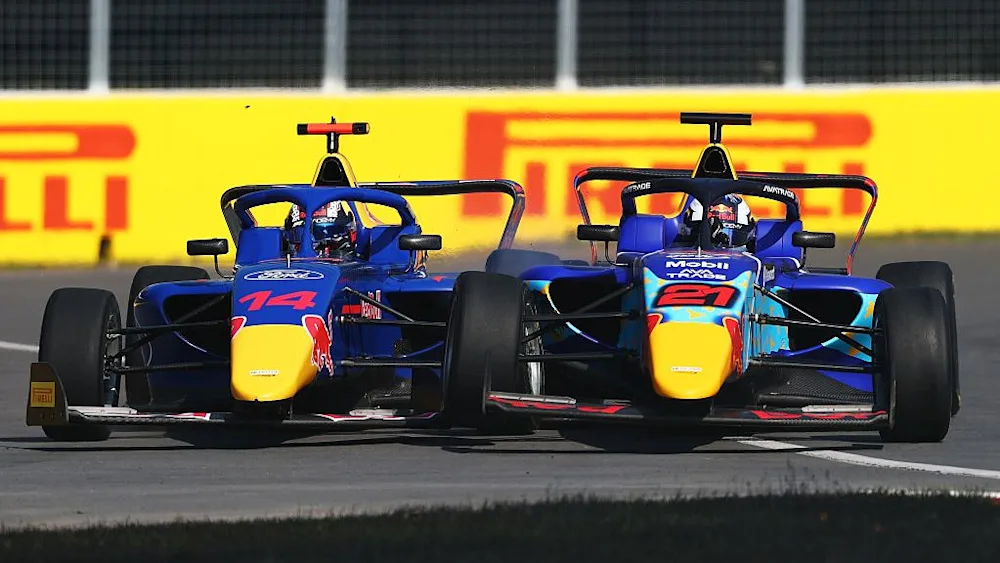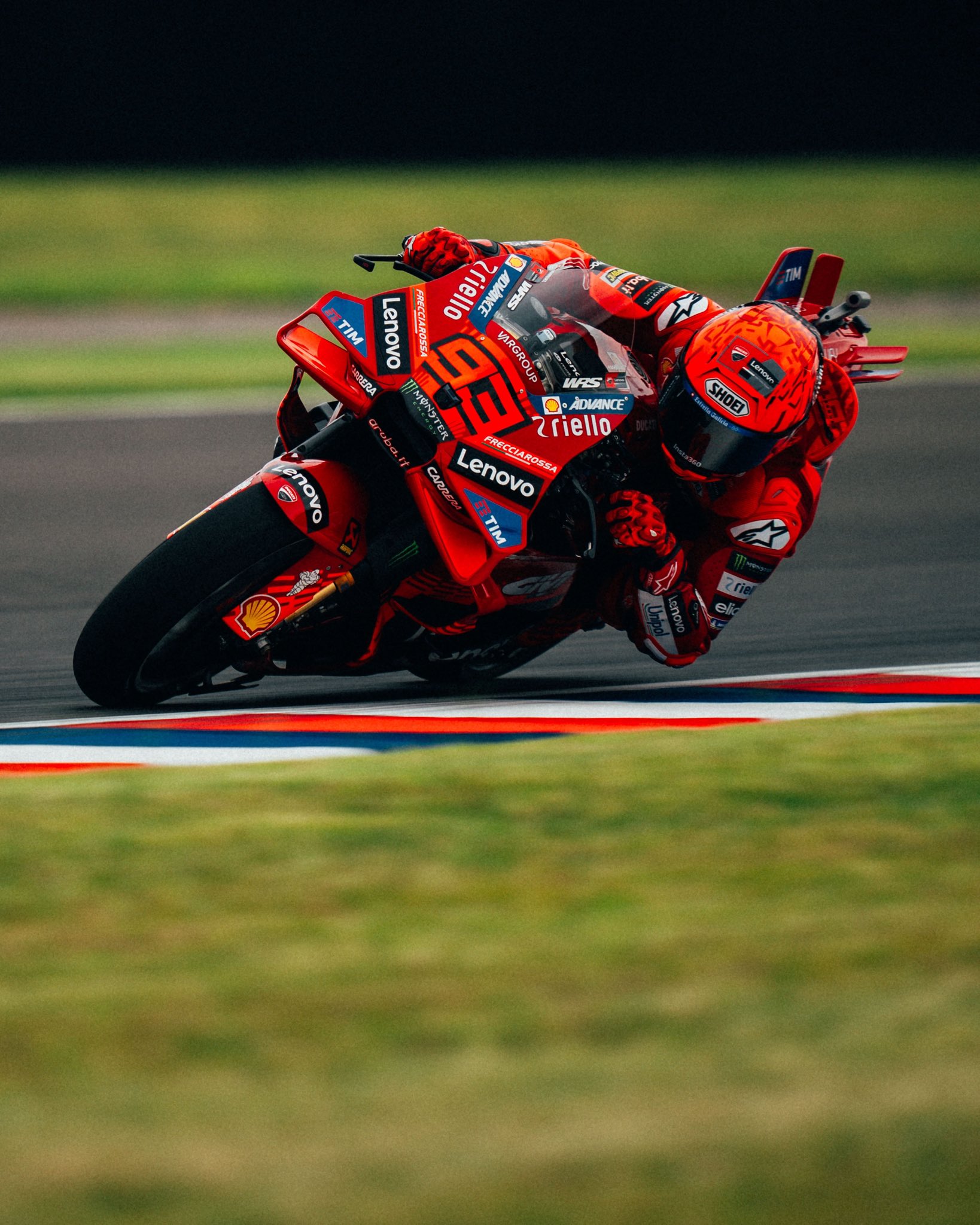Revised Qualifying, Wider Mirrors, and More: New Rules for the 2023 F1 Season
- Luciana Rojas
- Mar 4, 2023
- 2 min read
Written by Luciana Rojas, Edited by Vyas Ponnuri

Following the conclusion of the 2022 Formula One championship, the Federation Internationale de l’Automobile (FIA) studied a few events, which led to a few tweaks to the rules and regulations for the new upcoming season.
A rule that raised a lot of questions across the grid has been the “Revised Qualifying Format” (RQF). The FIA will be trying out this new format in two rounds of the 2023 season; the specified rounds will be confirmed later on this year. The format is based on using only a single tyre compound throughout the qualifying session and it will be the following:
Q1: Hard tyres only
Q2: Medium tyres only
Q3: Soft tyres only
For the duration of the RQF, each team is only allowed to use eleven sets of the five different compounds that could be utilized during the weekend, whereas in a normal weekend, they will have thirteen sets of tyres, consisting of all five different compounds.
Now, in terms of rules regarding drivers’ comfort and safety, the size of the rear-view mirrors will increase from 150mm to 200mm, a widening of 50mm. This will help improve rear view visibility. This change was written in the regulations for the 2023 season.
For the upcoming season, the working hours for the paddock will be cut. The teams will now have fewer hours of work during every Grand Prix weekend. The schedule has been eased by an hour from last year, and it’s expected for the 2024 season to have a reduction of one more hour than this season.
To have more footage of the drivers’ view from their cockpits, there will be a total of seven cameras. There were six cameras last year, placed in various positions of the car. With the introduction of this new camera, we’ll have a camera from the drivers’ helmet too, pointing forward.
And the last new rule for this 2023 Formula 1 season is one that affects the temperature of fuel in the cars. The regulations to cool down the fuel are set to become more adaptable, especially for the races held under high air temperatures. For this season, when cars are outside their designated garage spaces, the fuel can’t be colder than 10 degrees celsius below the ambient temperature. Adding to that, the minimum fuel temperature has been changed to 10°C (50°F), down from 20°C the year before.
All the fuel tanks must be fitted with a pressure relief valve to prevent an unwanted overpressure. The FIA can request the teams to show and demonstrate all the specifications of the relevant parts of the fuel tank, and will also check the structure of the fuel tanks.
All in all, even a year after the introduction of the brand new technical regulations, there will still be a lot of changes to the cars for this year, as well as sporting regulations. An exciting season awaits ahead!











Comments